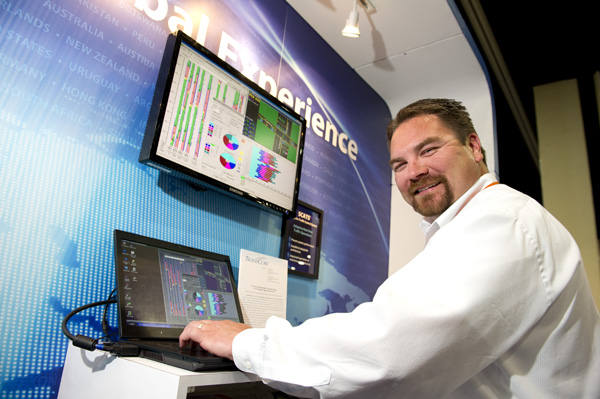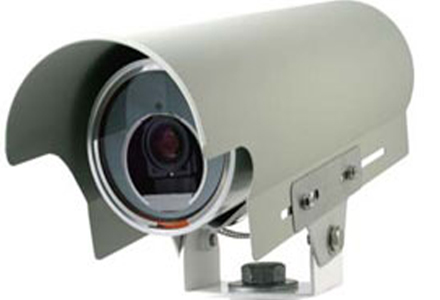Growth in urban areas continues to stress roadway networks across the country. Local, state and federal transportation authorities turn to ITS systems to solve these problems and more efficiently utilize their current roadway. By deploying adaptive signal control systems, cities remove choke points and adjust in real time to varying traffic patterns, particularly during special events or accidents. Ultimately, this reduces vehicle emissions, motorist fuel consumption, and travel times, while improving quali

Growth in urban areas continues to stress roadway networks across the country. Local, state and federal transportation authorities turn to ITS systems to solve these problems and more efficiently utilize their current roadway. By deploying adaptive signal control systems, cities remove choke points and adjust in real time to varying traffic patterns, particularly during special events or accidents. Ultimately, this reduces vehicle emissions, motorist fuel consumption, and travel times, while improving quality of life and the movement of goods and services.
At ITSA 2012,139 Transcore will showcase its adaptive traffic control system known as SCATS, the Sydney Coordinated Adaptive Traffic System, originally developed for Sydney Australia by the Roads and Transport Authority.
SCATS is one of the most widely used adaptive traffic control systems around the world controlling more than 30,000 intersections globally and more than 1,000 intersections in the United States. Recently, Atlanta's Cobb County doubled their use of the system, while San Jose deployed the technology to combat traffic in Silicon Valley.
As TransCore points out, what makes the SCATS adaptive system appealing is that corridors can be configured differently versus using traditional time-based, or actuated signal controls. The company says other systems lack this level of configurability or flexibility.
At ITSA 2012,
SCATS is one of the most widely used adaptive traffic control systems around the world controlling more than 30,000 intersections globally and more than 1,000 intersections in the United States. Recently, Atlanta's Cobb County doubled their use of the system, while San Jose deployed the technology to combat traffic in Silicon Valley.
As TransCore points out, what makes the SCATS adaptive system appealing is that corridors can be configured differently versus using traditional time-based, or actuated signal controls. The company says other systems lack this level of configurability or flexibility.
Booth #512
%$Linker:











